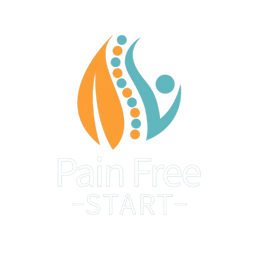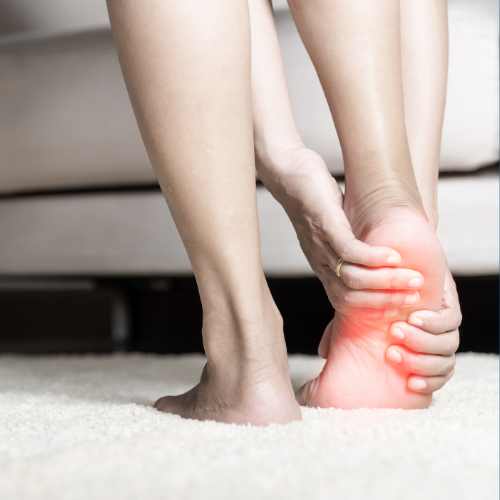Introduction
Ever wondered who Sally and Ben are? In my clinic, I often encounter people grappling with Plantar Fascia Pain (formerly known as Plantar Fasciitis), and they typically fall into two main groups – let’s call them Sally and Ben. These fictional characters illustrate two distinct lifestyles, both grappling with the same problem. Meet them and see if their stories resonate with you.
Sally
Sally, a 60-year-old nurse, juggles 13-hour shifts, often doing overtime due to staff shortages. On her feet constantly, she carries some extra weight and wears flat, unsupportive shoes at work. A stranger to exercise, she strolls around her house barefoot. Sally needs some specific changes to improve her situation:
- Long-term weight loss to reduce the load on her feet.
- Supportive shoes at work to ease strain on her plantar fascia, and at home, opting for supportive footwear.
- Job adjustments – Sally needs a conversation with her manager to possibly reduce hours or switch to a role where she can sit, prioritising herself over overtime.
Ben
Ben, a 42-year-old IT consultant working from home, faces a different set of challenges. He runs three times a week, recently training for a marathon. New trainers and poor lower limb biomechanics contribute to his issues:
- A temporary halt to running, followed by a gradual reintroduction to prevent flare-ups.
- Possible reconsideration of his trainers for better support.
- Addressing weakness in glutes and stretching shortened calves to optimise plantar fascia function.
- Strengthening weak calves is crucial for overall foot function.
What Have We Learned?
Sally’s pain originates mainly from her job, emphasising the need for adjustments in professions requiring prolonged standing. For Ben, an increase in running and biomechanical issues takes centre stage. These scenarios often represent two groups – those overloading their plantar fascia due to their jobs and those with sedentary occupations but overwhelming active sports and hobbies.

LEARN HOW I CAN HELP YOU WITH YOUR FOOT PAIN – Click here
Risk Factors for Plantar Fascia Pain
Now, let’s look at your risk factors. Check if any of these apply to you:
- Age 40-60.
- Overweight or high BMI.
- Jobs involving prolonged standing.
- Inappropriate footwear or walking barefoot – This blog might help The Best Shoes For Plantar Fasciitis.
- Active in long-distance running, ballet, or jumping sports.
- A sudden surge in training load.
- Poor lower limb biomechanics.
- Calf weakness and tightness.
- Poor foot position.
Identify with any? The more risk factors, the higher the risk of overloading.
Conclusion
Understanding and addressing these risk factors is crucial for dealing with foot pain. By making some immediate changes and committing to long-term habits like managing your weight and choosing the right footwear, you can not only relieve current foot pain but also prevent it from coming back. Whether you’re aiming for a stroll or gearing up for ultra-marathons, I’ve got you covered – let’s get you back on your feet.
Take care, Helen
Helen Manders BSc (Hons) MCSP, HCPC
Chartered Physiotherapist
Treating Plantar Fascia Pain Since 2001




